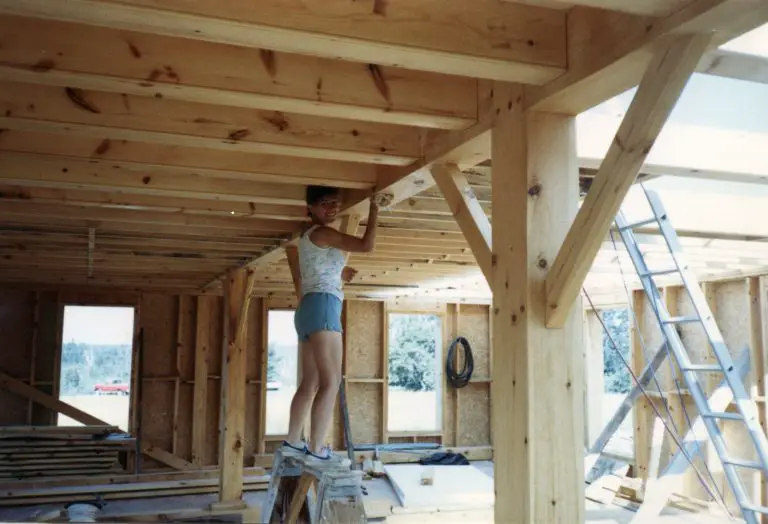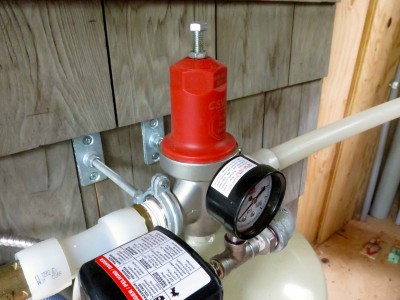Cold weather is one of the reasons I love Canada, and heating with wood is one of the reasons I love cold weather. The most obvious practical advantage of heating with wood is the money it can save, but wood heat is also satisfying in other ways that nothing else can match. Or at least that’s what I’ve come to discover over the last 30+ years of heating with wood. If you’ve got access to firewood, gearing up for heating with wood makes sense on several levels.
Heating With Wood Saves Money
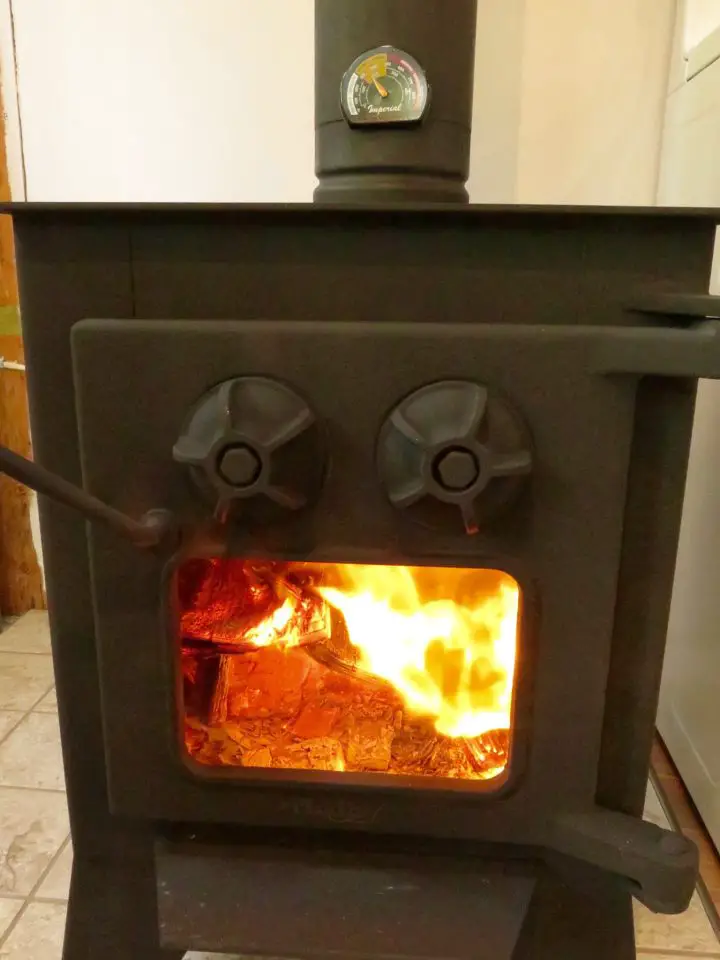
This is especially true when you have access to trees that you can make into firewood yourself. Most forests have more than enough dead and dying trees that you can make firewood indefinitely while also improving the forest. I even know urban dwellers who do substantial home heating using trimmed branches, old pallets and felled city trees. Buying ready-to-burn firewood doesn’t save nearly as much money, but the biggest hassle with this approach is having to haul firewood to your place. But if you’ve got access to some kind of forest close to your house, all you need to get independent heat is a chainsaw, some safety equipment, and something to haul the firewood with. A wood splitter is great too, since it really improves the efficiency of firewood production.

Putting it down to numbers and cents, cutting your own firewood will save you (make you) at least $50 per hour, compared with most other purchased heating fuels, and this is a conservative estimate. Where I live dry, hardwood firewood costs about $120 for a stack that’s 4′ high x 8′ long x 16″ deep. Using my saw, splitter and four-wheeler with trailer I can cut and split about one-and-a-half of these $120 piles per hour. That’s pretty good “penny saved penny earned” hourly rate.
One of the most important skills for cutting firewood is learning how to keep your saw chains sharp. I used to sharpen chains with a file by hand, but for a long time now I’ve been sold on electric sharpeners. There are different types around, but there’s one in particular I really like. Watch the video below for a full tutorial on how to use this kind of sharpener properly.
- Video#1 Watch Time = 35 minutes
Heating With Wood is Good Exercise
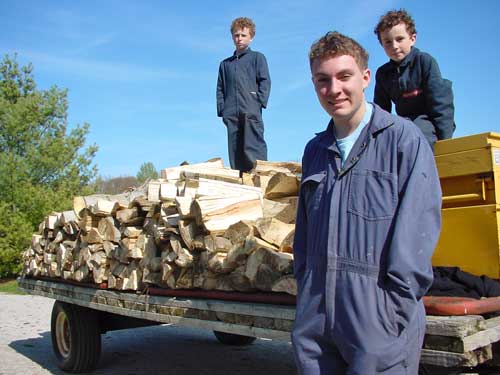
Even with the labour saving of a chainsaw and wood splitter on your side, there’s still a lot of exercise involved in making and handling firewood. It also happens to be quite good experience for kids, teaching them how to work, so I consider this a benefit. Bending down, picking up wood that’s not terribly heavy, stacking the wood you’ve cut – it’s all quite gentle, repetitive and enlivening. And if you choose to make firewood when the weather is cool and bug-free, it’s quite fun. You’ll eat better, sleep better and there’s nothing quite like knowing that you’ve got a winter’s worth of wood stacked and ready to go.
Heating With Wood is Sustainable
Wood heat doesn’t contribute to the greenhouse effect because the carbon released from combustion isn’t new carbon, as it is with all fossil fuels. Burning wood can certainly add pollutants to the air, but that’s much less of a problem with the new generation of certified wood burning appliances that operate with astonishing efficiency.
The most common, independent yardstick for measuring the performance of wood burning stoves and fireplace inserts comes from the Environmental Protection Agency (EPA), a branch of the US government. That’s why the main thing to look for on any new wood burning appliance is an EPA certification sticker. Although cleanliness of combustion doesn’t necessarily translate into more heat delivered to the room from a given amount of wood, in practice the two are linked. Cleaner burns typically mean more heat from a given pile of firewood. The easiest way to get into the wood heating game is by having a wood stove installed. Most insurance companies require that woodturning appliances be rated for safety and installed by a certified professional according to safety specs.
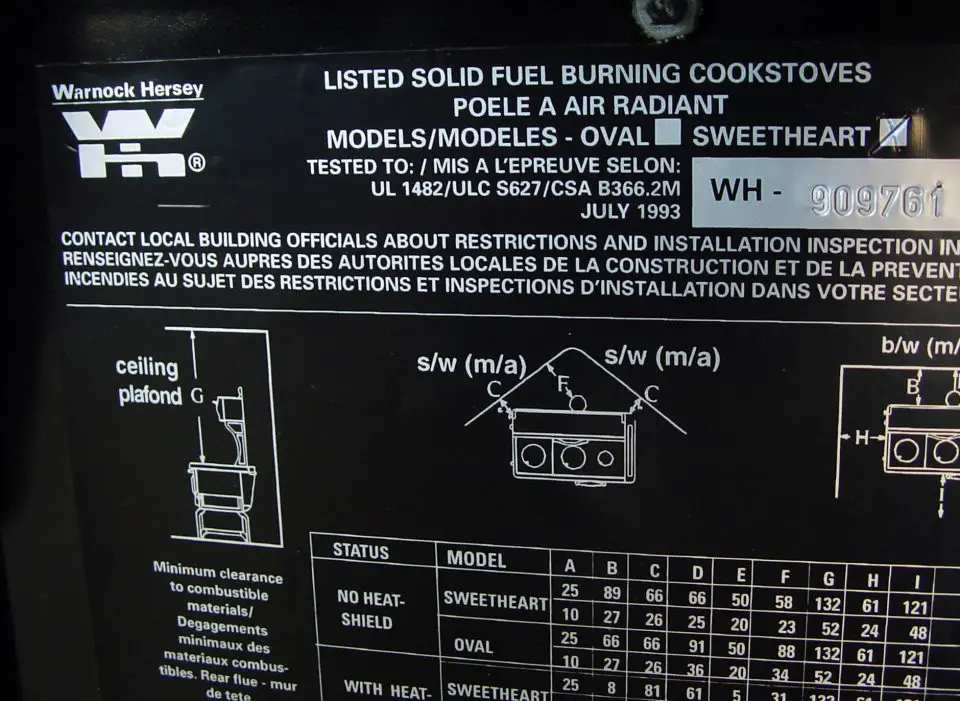
Got a traditional fireplace at your home? These are sometimes so inefficient that more heat gets lost up the chimney than gets transferred to the room, though fireplaces don’t have to be this bad. Air-tight fireplace inserts let you convert most open fireplaces into a productive part of your home heating system. They’re really just a specialized woodstove designed to fit within a masonry opening, offering efficiencies almost on par with the best stand-alone woodstoves. Inserts are governed by the same EPA emissions specs, too, so look for certification proof when you’re shopping.
Interested in household resilience? Both woodstoves and inserts offer heat even when the power goes out, a claim that almost no other heating source can boast. Aesthetics is another reason I like heating with wood, including the aesthetics of well-piled firewood. After twenty years of stacking wood in the usual, straight rows, I typically use the Scandinavian approach, partly because it looks so good. It’s also easier to stack, a supply of wood takes up less space this way, and wood dries faster.
On the other side of the Atlantic, where people have been taking wood heat seriously for centuries longer than we have, round wood piles are common. I now know why. They take less time to stack, they shed water better and they’re more stable. At least if you understand a few tricks for stacking, that is.
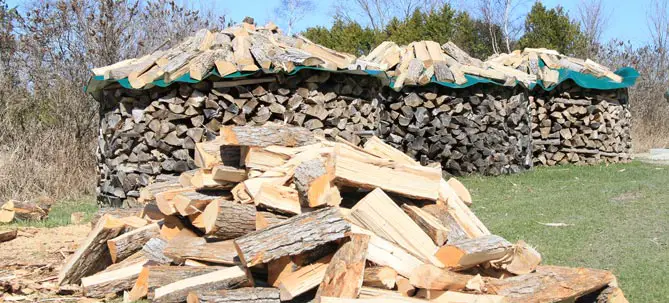
I lay out my round wood piles with a five foot long piece of rope that has a loop in one end, used like a drawing compass. Push a metal spike into the ground where the centre of the pile will be, then pull the rope tight and use the end to guide placement of the outside ends of the logs making up the bottom layer of wood. This way you’ll get a perfect circle. Keep stacking and checking several layers around the perimeter of the circle, then remove the stake and rope. Fill the centre of the circle with randomly thrown-in pieces of wood, then build more wall when you’ve filled the centre portion, tilting the wall inwards slightly for stability as you go up. Add 4 or 5 ten-foot long wooden poles across the diameter of the circle as you go up, then dome the top and place a tarp over the wood for shelter. Another layer or two of wood on top holds the tarp down and keeps the pile looking terrific and dry, which, as I said, is one of the great fringe benefits of wood heat.
Watch the video below to learn more about the round wood piles we build here at my place.
- Video#2 Watch Time = 2 minutes







